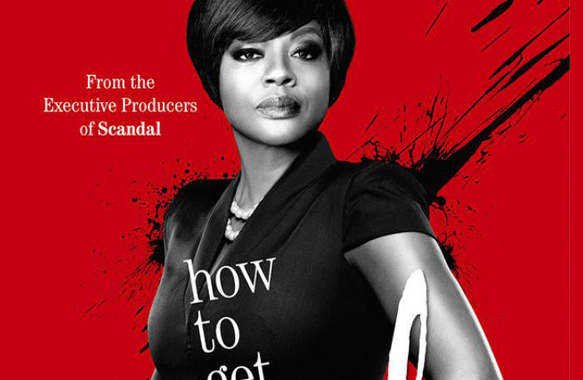What do we teach our children when we do not know our history?
Here’s Some History…
The pernicious nature of the “angry black woman” trope isn’t marginal to American culture—it’s central.
Even as Stanley and the Times attempted to backtrack, missing from much of the conversation has been a discussion of what is so complex about black women’s depictions on television today. When someone refers to one of the most successful television showrunners in America as an “angry black woman,” it seems important that we pause to dive deeper into why this historical stereotype cuts so deep.
The trope of the angry black woman first became popularized on television on The Amos ’n’ Andy Show. The program, which was first serialized as a radio show and later brought to the small screen, featured the character Sapphire, the emasculating wife of George “Kingfish” Stevens. The finger-waving, neck-snapping Sapphire complained incessantly about her husband’s shortcomings. Amos ’n’ Andy, with its dim-witted, bumbling, oblivious black male characters and angry black wife, was a clean-faced, 20th-century version of the blackface performances first depicted on the minstrel stage. It didn’t take much to see that the characters were thinly veiled versions of Sambo, Zip Coon, Jim Crow and Jezebel—stock characters made popular on minstrel stages and in sheet music in the 19th century.
Beginning in the early 1830s, the first “black women” American audiences saw on the American stage were minstrel “Negro wenches.” Using burned cork and greasepaint to blacken their skin, white men in their performances as black men and women became wildly popular in the mid-19th century. White men used crude drag along with the burned cork to mark black women as grotesque, loudmouthed, masculine and undeserving of the protections afforded to white “ladies” in American society.
Black women were ridiculed on the minstrel stage. Mammies were fat, monstrous, asexual and loyal caretakers of white children and neglectful of their own. Jezebel characters, often called “mulatto” or “yellow gal,” were fair-skinned, disloyal, greedy and hypersexual but not portrayed as beautiful. These blustering women yelled at their spouses and acted loud and inappropriately in otherwise genteel, public spaces to demonstrate all the ways that they were different from white women. The distance from and disdain for black women was reinforced by the fact that although white women were stage performers in the 19th century, it was thought to be too bawdy and low for them to blacken their skin for the minstrel stage.
These stereotypes served the needs of a slave regime that wanted to justify the sexual exploitation of enslaved women by painting them as Jezebels, like the biblical wanton woman whose promiscuity and controlling nature was her supposed undoing. The rapes of enslaved women could be laughed away on a minstrel stage that showed black women as temptresses who wanted nothing but money and sexual attention. The mammy stereotype painted over the ways in which black mothers were forced to raise and nurture white children to the detriment of their own families.
This history isn’t marginal to American culture—it’s central. Amos ’n’ Andy was one of the most popular programs on radio and television. Popular minstrel songs like “Camptown Races” and “I Wish I Was In Dixie” are still sung today. Softened minstrel images are still on supermarket shelves in the visage of Aunt Jemima and Uncle Ben. And evidently, the stereotype of the angry black woman is also with us, still, as a lead in the Times.
So it’s not just that Stanley’s assessment was wrong, but also that her invocation of the trope of the angry black woman carries a weight that deserves careful understanding, not just a cheap hook in a television review.
Blair L.M. Kelley is an associate professor of history at North Carolina State University and the author of the award-winning book Right to Ride: Streetcar Boycotts and African American Citizenship in the Era of Plessy v. Ferguson. Follow her on Twitter.
Like The Root on Facebook. Follow The Root on Twitter.
This piece was reprinted by EmpathyEducates with kind permission from The Root. We thank the publication and Author Blair L.M. Kelley.












Leave A Comment